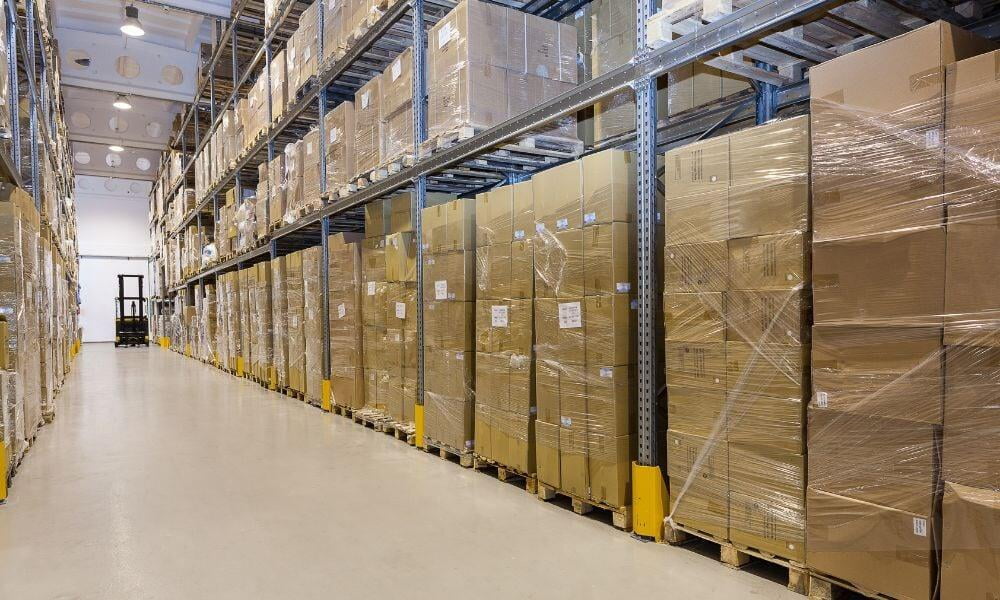Transporting products subjects them to many potential forms of damage. Rough handling can lead to breakages, abrasions, or deformation, while environmental stressors such as extreme temperatures or humidity can compromise product integrity or even cause malfunction. Even the smallest puncture or tear in packaging can expose the product to harmful contaminants or moisture, underscoring the need for reliable, fail-proof packaging solutions. Explore how packaging automation affects product safety in transit to see how technology-driven systems can protect your products.
Enhanced Packaging Consistency
Automated systems package each product uniformly, giving each unit an equal level of protection. Consistency not only reduces the chances of damage but also enhances the visual appeal of the packaged products.
When products are not uniformly packaged, some may have insufficient protection, making them more susceptible to damage from impacts, vibrations, or environmental stressors. For example, a package with inadequate filling or cushioning might not survive a fall, resulting in a broken or damaged product.
Consistency Protects Workers and Customers
The consistency of machine-applied product packaging can protect workers and customers. Inconsistent packaging can lead to unequal weight distribution in transport vehicles, causing instability and increasing the risk of dangerous tip-overs. Additionally, poor sealing procedures could potentially expose the products to harmful elements such as moisture, dust, or contaminants, thereby compromising their quality and safety.
Usage of Protective Materials
Packaging materials maximize protection against impacts, vibrations, and environmental stressors. By making it more efficient and cost-effective to use the correct type of material, packaging automation improves product safety in transit.
Packaging equipment can apply a variety of protective materials efficiently, including the following:
- Bubble wrap: Ideal for keeping fragile items safe from impacts and shocks during transit.
- Foam inserts: Conform to each product’s shape, ensuring a snug fit. Foam inserts offer high-level protection against vibration, impact, and scratches.
- Shrink wrap: Secures the product tightly, reducing the risk of damage from movement within the package.
- Corrugated cardboard: Provides a robust shield against external impacts due to its rigid and durable structure.
Careful Product Positioning
Packaging equipment can improve the product’s position in the carton or bag, which helps prevent damage caused by shifting or moving during transportation. Correctly positioning the product reduces the risk of damage to the product and the packaging itself.
For instance, centering a product within foam inserts or bubble wrap reduces the risk of impact to the sides of the box during any sudden movement or impact. Moreover, automated systems can routinely place heavier items at the bottom of a package and lighter items on top, ensuring a stable, balanced package that is less likely to tip over during transit.
Automation improves product safety through consistent packaging, the usage of proper protective materials, and careful product positioning. Not only do machines safeguard products from physical damage and environmental stressors, but they also protect the health and safety of workers and customers. That’s why investing in packaging automation is a strategic way to enhance product protection, reduce losses due to damage, and improve overall customer satisfaction.

